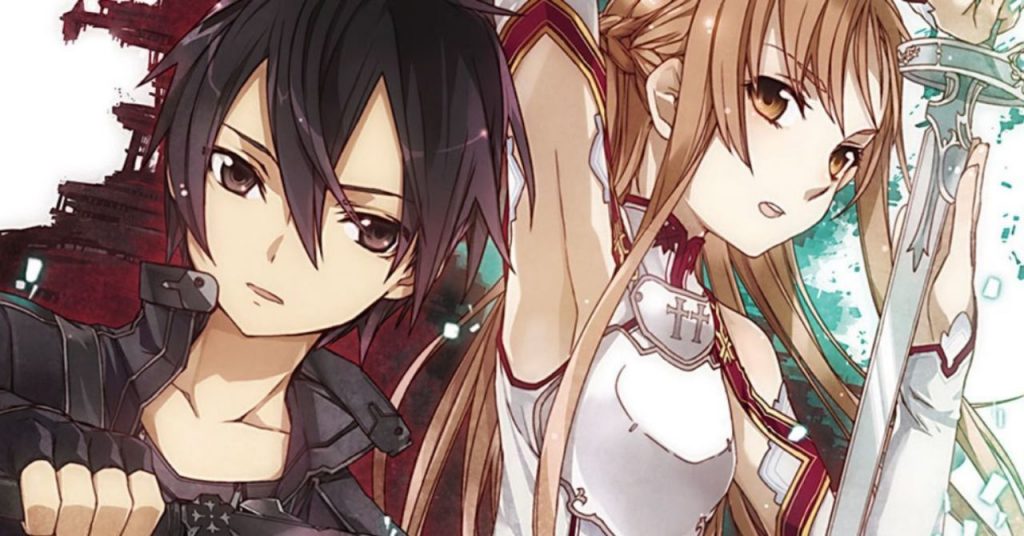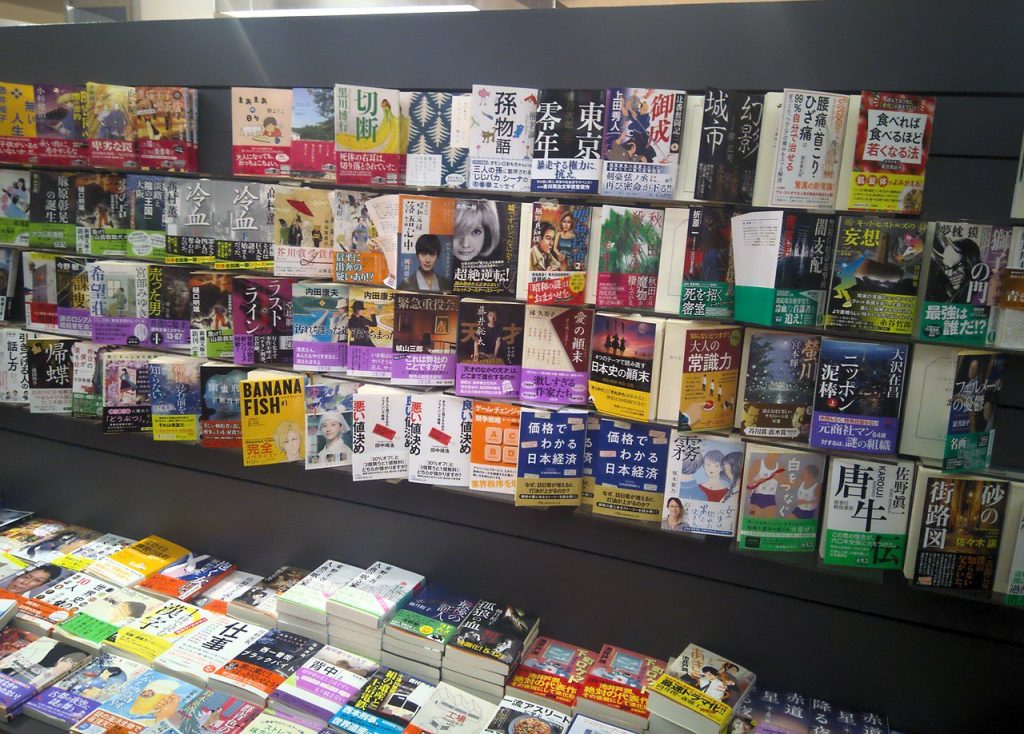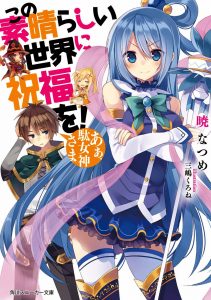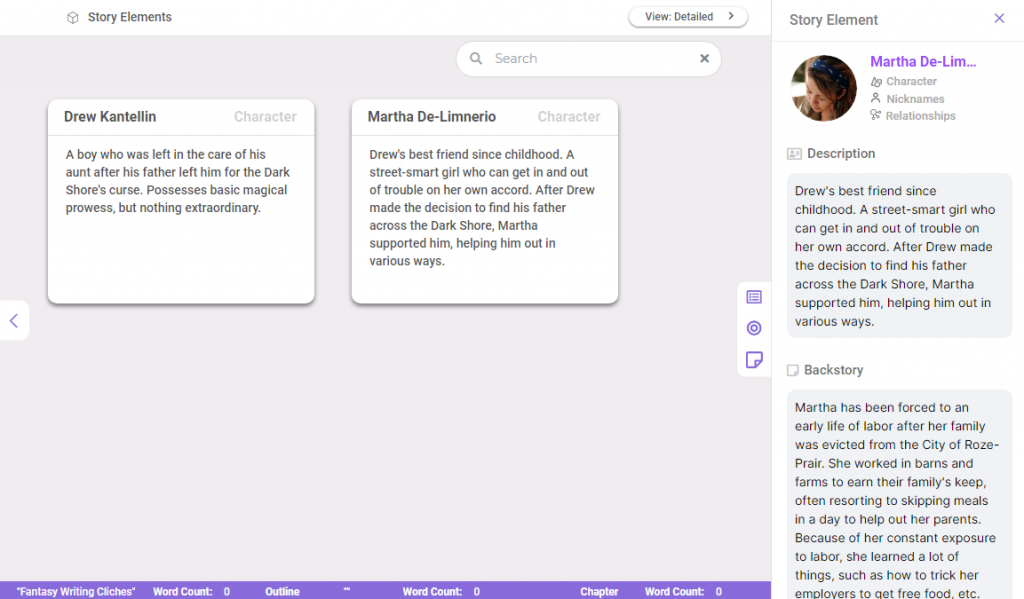How to Write a Light Novel

If you are an avid consumer of popular Japanese media such as manga and anime, you would have heard of the term “light novel.” Light novels are popular items in the Japanese industry, with many manga and anime shows marketed to be adaptations of a light novel title.
There are certain differences between light novels and novels that you need to be wary about. However, if you are willing to venture into this growing field, then we’re here to help you get your feet wet. This article will go into what exactly light novels are, and what you, as a writer, will need to consider if you want to write a light novel that is worthy of a manga/anime adaptation!
Light Novels: Light on What?
Light novels, also called in Japanese as “raito noberu” or “ranobe” for short, are short, fast-paced novels generally marketed to high school and middle school students in Japan. Often referred to as LN in the English-speaking communities, light novels are often shorter than most Western novels, with its word count coming around 20,000 to 50,000.
Although light novels can be categorically called Japanese novellas, the latter is somewhat inaccurate as light novels are not called “light” because of the word count disparity. Rather, “light” refers to these novels gravitating toward simple, colloquial language. Light novels are also dialogue-heavy, with a distinct style of omitting dialogue tags.

Paired with short paragraphs and a publication size of A6 (known in Japan as bunkobon, smaller than the standard A5 size for Western novels), light novels are relatively “lighter” and faster to read, to the point that many people read these nifty little stories while on a train or bus commute.
The prevalent light novel structure also often encourages serializable plots, as many of these stories start as serializations in pulp magazines. Single chapters are published in these magazines, before they are compiled into the bunkobon format.
Perhaps a popular distinctive trait of light novels is that they often sport eye-catching illustrations, including the cover, rendered in the popular manga/anime style. These illustrations, although few, cut through the text in key moments, and they can come colored or in black and white.
Additionally, popular light novels are often used as source material for manga and anime adaptation, reinforcing the close-knit relationship between these media. Because of this, there is a big overlap in the audience among light novel readers, manga readers, and anime watchers.
Examples of Light Novels
It should be noted that the prominent definition of the light novel, a book of A6 bunkobon size, with flashy anime-style covers and illustrations, and the tendencies of colloquial prose, means that they are exclusively being published in Japan. The closest counterpart of a light novel in Western literature would be novellas and old Western pulp fiction, yet there are still key differences to make a valid equivalence.
You should not be surprised, then, that most light novels are Japanese titles. Popular light novel titles include “Haruhi Suzumiya”, “Sword Art Online”, and “That Time I Reincarnated As A Slime”, all of which have been adapted into anime shows which also enjoyed great popularity.
Considerations for a Light Novel
The light novel is somewhat of a unique phenomenon in Japan, yet English translations of these light novels indicate that there is a thriving community of readers of LNs in the West. If you are a writer who wants to tap into this audience, then you’re on the right track!
Light novels have specific characteristics that many readers have come to expect out of it. Of course, as is always in the writing industry, you can, and should, break the rules. However, in order to do that, you need to know the rules first.
Are Illustrations Necessary?

If you are asking this question in the Japanese context, then the answer would be a resounding “yes.” One of the appeals of light novels is its prominent cover illustration rendered in the anime style, which specifically targets consumers of these media. Aside from the cover illustration, readers also expect more drawings as they go through the LN.
However, in the West and other parts of the world, the answer is relatively the same, but with more leniency. Web novels and serials often come with complementary illustrations, but they are not as numerous as that of Japanese LNs. Sometimes, web novels can only come with one or two illustrations for the entirety of the serialization.
As for the style of the illustration, the popular anime rendering in Japan certainly adds charm to the LN, but web novels and Western light novels do not always have to rely on it for their own illustrations. Web novel illustrations vary, but often feature a Western comic-esque style.
Linguistic Style
Light novels ultimately took off, and called as such, because of the simplicity and colloquialism of the language used. The linguistic style implemented in light novels is intensely modern, where the story is primarily character-driven.
Short and sweet paragraphs, plain words and sentence structure, and a prominent first-person point of view narrator, not unlike that of modern YA novels, comprise the majority of light novels, and where their charm lies. If you tend to use literary structures, your piece might end up being categorized as a novella instead.
How to (Finally) Write a Light Novel
Read Light Novels
Despite our lengthy discussions about the light novel, there is no good substitute for personally delving into the LNs themselves and reading for yourself the conventions and common attributes of these pieces. You can catch any particularities in light novels and understand how they differ from the usual novels.
Additionally, it also helps you gauge the popular trends and tropes in the light novel industry. This would greatly help your planning phase, as you can either incorporate these tropes into your own story or turn them on their heels to have a mind blowing plot twist.
A good part to focus your inspection on would be the character dialogues. You’ll find dialogues and conversations littered across many light novels, and you would see how they are formatted, such as the omission of dialogue tags. In the West, this is often frowned upon, so if you are targeting an international audience, you might want to improve upon this trait by specifically highlighting who’s talking.
Choose Your Genre
Light novels often classify under genre fiction, with its assortments anywhere from historical, romance, science fiction, horror or suspense. Identifying your genre makes it easier to channel themes into your light novel. For a more captivating story, you can mix and match different genres such as historical suspense and thriller or science fiction romance.
Try to incorporate more than one demographic in your light novel writing. For example, original “ranobe” are often flawed in that they are often laced with jokes or texts from the Japanese culture that only avid anime fans can relate to. The average American reader who has never watched anime may be confused with such content, so take note of cultural differences.
Plan Your Light Novel
One of the main foci of your planning should be your characters. Since characters take the center stage in light novels, fleshing out your character’s personality and introducing character development is almost everything to writing light novels.
Thankfully, LivingWriter has just the right tools to help you out on that front.
The Story Elements is LivingWriter’s powerful character and story element notes tool, capable of storing not just notes but also images on characters. You can write a character’s backstory, personality, and whatnot to your heart’s content, and have your illustration of that character on the same page.

Another cool feature of Story Elements is the fact that you can have all your notes about these characters at your side while writing your manuscript. Simply mention their name (or designated nickname), and LivingWriter will automatically pull up their corresponding Story Element in the sidebar.
Continuity
The most important rule of writing any novel is to always ensure continuity. Continuity helps to guarantee your story has no plot holes or missing details that could confuse you. It’s extremely important for light novels, as many titles can have long storylines expanding to multiple volumes.
Light novels are supposed to be concise, simple, and neat. It can be extremely annoying for readers to keep questioning why a character vanished without a trace only to discover that the writer forgot about it in the next sequel. If you’d want to avoid this embarrassment, always start your next installation by first reviewing what you previously published.
Cliffhangers
When you want to capture your audience during light novel writing, it takes more than creating an enjoyable story. The serializable nature of light novels means that you’ve got to leave your readers craving for more. Cliffhangers are great storytelling tools that make your story compelling.
Of course, your cliffhanger has to be satisfying, yet properly paced. Always ending chapters with a cliffhanger on high-paced or intense scenes can make your readers irrationally irate. Space out your cliffhangers with low-intensity scenes, yet equally compelling ones.
Write an Amazing Light Novel with LivingWriter
Light novels are exceptionally popular in Japan, and it is surely taking off in other parts of the world, in the West not least of all. The linguistic style and the requirement of illustrations might need a bit of getting used to, especially as a writer coming from the traditional Western novels, but these traits draw light novel readers to the titles that now enjoy immense popularity and even adaptations.
With LivingWriter, the world’s best writing platform, you can also have the best tools for writing a light novel, making the entire journey as painless and convenient as possible. Try LivingWriter now!